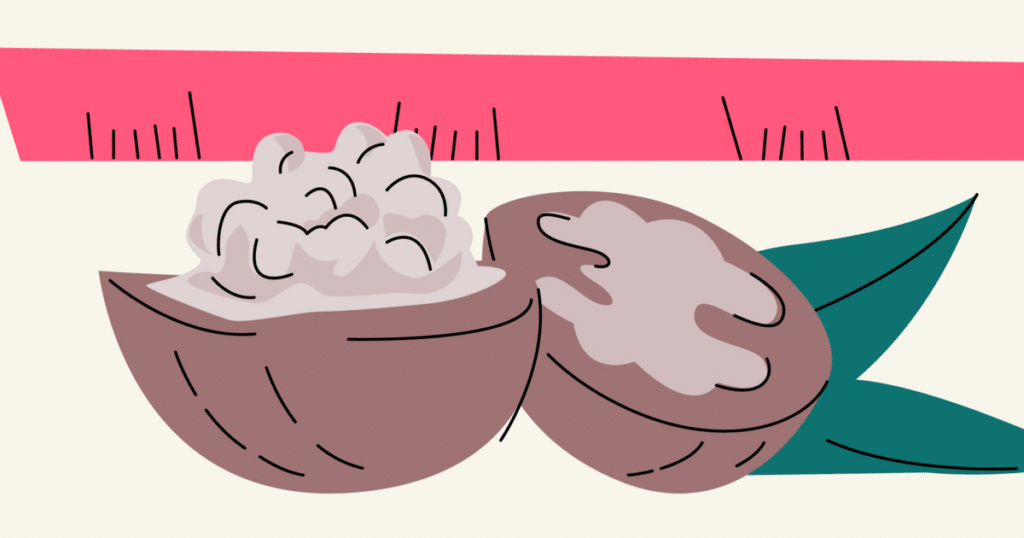The development of a child’s brain from birth is a fascinating and intricate process, marked by rapid growth and significant milestones. Understanding these stages can provide valuable insights into how children learn, think, and interact with the world around them.

1. Prenatal Development: The Foundation Stage. Brain development begins long before birth. During the prenatal period, particularly in the first trimester, the neural tube forms, which will later develop into the central nervous system. By the end of the second trimester, the basic structure of the brain is in place, and neurons begin to form connections. The third trimester is marked by rapid brain growth and the beginning of the formation of the cerebral cortex, the part of the brain responsible for higher-order functions such as thinking and memory.
2. Newborn Stage (0-2 Months): The Awakening Brain. At birth, a baby’s brain is about one-quarter the size of an adult’s. The newborn brain is primed for growth, and neural connections are formed at an astonishing rate. During the first few months, sensory experiences play a crucial role in brain development. Babies respond to voices, faces, and touch, and these interactions stimulate the formation of synapses. The primary focus during this stage is on basic survival functions and the beginnings of sensory and motor development.
3. Infancy (2-12 Months): Rapid Growth and Exploration. Between two and twelve months, a baby’s brain undergoes rapid expansion, doubling in size by the end of the first year. This period is marked by the growth of the cerebral cortex and significant advances in motor skills, language development, and sensory perception. Babies begin to recognize faces, respond to their names, and explore their environment through touch and movement. The development of the frontal lobes, which are associated with reasoning and problem-solving, also begins during this time.

4. Toddlerhood (1-3 Years): Building Connections and Skills. From one to three years, the brain continues to grow, reaching about 80% of its adult size by the age of three. This stage is characterized by the refinement of motor skills, language acquisition, and the development of social and emotional skills. Toddlers learn through play and interaction, which fosters the growth of neural connections. The myelination process, where nerve fibers are coated with a protective sheath, enhances the speed and efficiency of neural communication, supporting more complex cognitive functions.
5. Early Childhood (3-6 Years): Cognitive and Emotional Expansion. During early childhood, the brain undergoes significant changes in structure and function. The prefrontal cortex, responsible for executive functions such as planning, decision-making, and impulse control, continues to develop. This period is marked by a surge in language development, memory, and the ability to understand and manage emotions. Children begin to develop a sense of self and improve their social interactions, laying the groundwork for future learning and relationships.
6. Middle Childhood (6-12 Years): Refinement and Specialization. Between six and twelve years, the brain enters a phase of refinement and specialization. The processes of synaptic pruning and myelination continue, enhancing the brain’s efficiency by eliminating unused connections and strengthening those that are frequently used. Cognitive abilities such as logical reasoning, problem-solving, and academic skills become more sophisticated. This stage is crucial for developing skills in reading, writing, and mathematics, as well as for the growth of social and emotional intelligence.
7. Adolescence (12-18 Years): The Maturation of the Brain. Adolescence is marked by significant changes in brain structure and function, particularly in the prefrontal cortex and limbic system, which are involved in decision-making, risk-taking, and emotional regulation. The brain continues to undergo synaptic pruning, which refines neural networks and supports the development of more complex cognitive abilities. This stage is characterized by a greater capacity for abstract thinking, planning for the future, and developing a sense of identity.
The Ongoing Journey of Brain Development

The development of a child’s brain from birth is a dynamic and continuous process influenced by genetics, environment, and experiences. Each stage of development builds upon the previous one, creating a foundation for lifelong learning, behavior, and health. By understanding these stages, parents, educators, and caregivers can better support children’s growth and help them reach their full potential.The journey of brain development is a testament to the incredible adaptability and potential of the human mind. As we continue to learn more about this intricate process, we gain deeper insights into how to nurture and support the next generation of thinkers, creators, and leaders.




